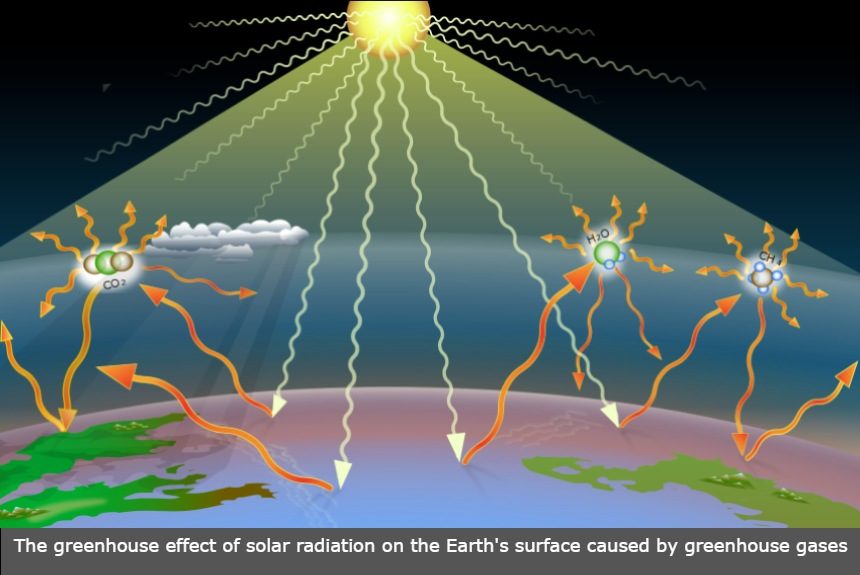The 25th November 2019 external press release of the United Nations Framework Convention on Climate Change (UNFCCC) says that the “levels of heat-trapping greenhouse gases in the atmosphere have reached another new record high.”
This was based on the World Meteorological Organization (WMO) data. This means that future generations will experience severe impacts of climate change, such as more extreme weather, rising temperatures, sea-level rise, water stress, and disruptions to marine and land ecosystems (“Greenhouse Gas Concentrations,” 2019).
Greenhouse Gas Concentrations (2019) shares the following data:
- The WMO report from the WMO says that the concentrations of carbon dioxide in the atmosphere reached 407.8 parts per million (ppm) in 2018, showing a rise from 405.5 ppm in 2017.
- Concentration and emission are not the same. Concentration refers to the remaining carbon dioxide in the atmosphere after the complex systems of “interactions take place in the atmosphere, biosphere, lithosphere, cryosphere, and oceans. About a quarter of emissions are absorbed by the ocean and another quarter by the biosphere.
- The report says that 405.5 ppm and 407.8 ppm have ‘crossed the symbolic and significant 400 parts per million benchmark in 2015’. Additionally, carbon dioxide will remain in the atmosphere for centuries and in the oceans for much longer.
- More than in the last decades, increased amounts of methane and nitrous oxide have also been observed.
Overview of Greenhouse (2019) says that methane is emitted during the production and transport of coal, natural gas, and oil, as well as from livestock, other agricultural practices, and the decay of organic waste in landfills.
Nitrous oxide, on the other hand, is emitted during agricultural and industrial activities, combustion of fossil fuels and solid wastes, and wastewater treatment ( “Overview of Greenhouse,” 2019).
The Greenhouse Gas Concentrations (2019) article says that global emissions are expected to peak by 2030. However, trends show that emissions are increasing despite efforts to curb them through each country’s Nationally Determined Contributions (NDCs). This shows a glaring gap between the agreed-upon climate change target and the actual reality ( Greenhouse Gas Concentrations, 2019).
UNFCCC’s external press release is ahead of the UN Climate Change Conference on 2-15 December in Madrid, Spain.
Fossil fuel combustion plays a ‘dominant role’ in the increased concentrations in the atmosphere. The report adds that the 407.8 ppm concentration in the atmosphere is 147% more than in the pre-industrial levels in 1750 ( Greenhouse Gas Concentrations, 2019).
Increasing concentrations of carbon dioxide and other gases in the atmosphere mean that emissions are not slowing down, and current targets and climate actions are not enough to reduce carbon concentrations in the atmosphere and keep the temperature rise at 1.5C.
You may read the entire report by clicking on the button below:
PHOTO CREDIT: By A loose necktie – Own work, CC BY-SA 4.0, Link
Greenhouse Gas Concentrations in Atmosphere Reach Yet Another High. (2019, November 25). United Nations Framework Convention on Climate Change. [External Press Release]. Retrieved from https://unfccc.int/news/greenhouse-gas-concentrations-in-atmosphere-reach-yet-another-high
Overview of Greenhouse Gases. (2019, April 11). The United States Environmental Protection Agency. Retrieved from https://www.epa.gov/ghgemissions/overview-greenhouse-gases
Climate Change Impacts Predicted as Greenhouse Gas in the Atmosphere Increases. (2019, November 28). Climate Adaptation Platform. Retrieved from https://climateadaptationplatform.com/climate-change-impacts-predicted-as-greenhouse-gas-in-the-atmosphere-increases/



Leave a Reply